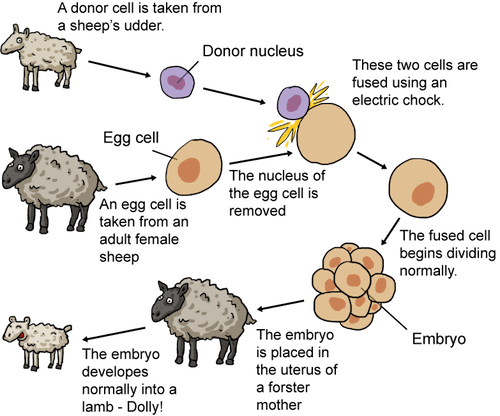- Water
- Oxygen
- Warmth
A good way to remeber this is "WOW" (I didn't come up with that, credit to another user, which will remain anonymous.)
 |
| Figure 1.1 (source: Google Images) |
| Source: https://bam.files.bbci.co.uk/bam/live/content/zh6gd2p/large |
 |
| Source: http://media1.shmoop.com/images/biology/biobook_biotechnology_graphik_18.png |